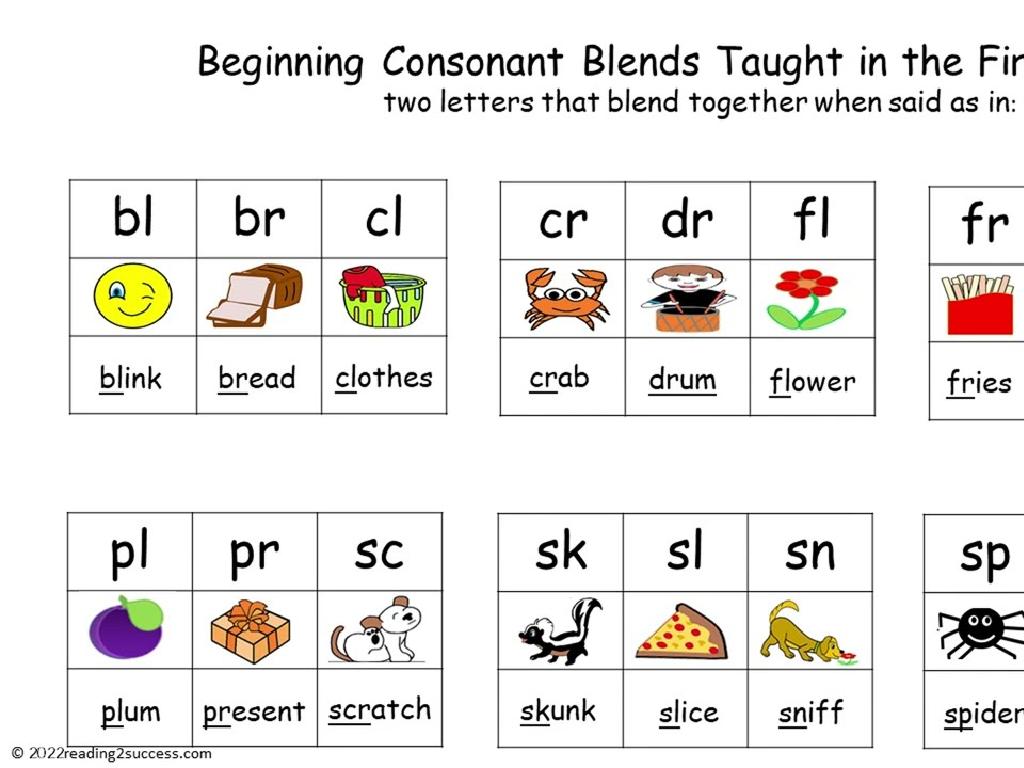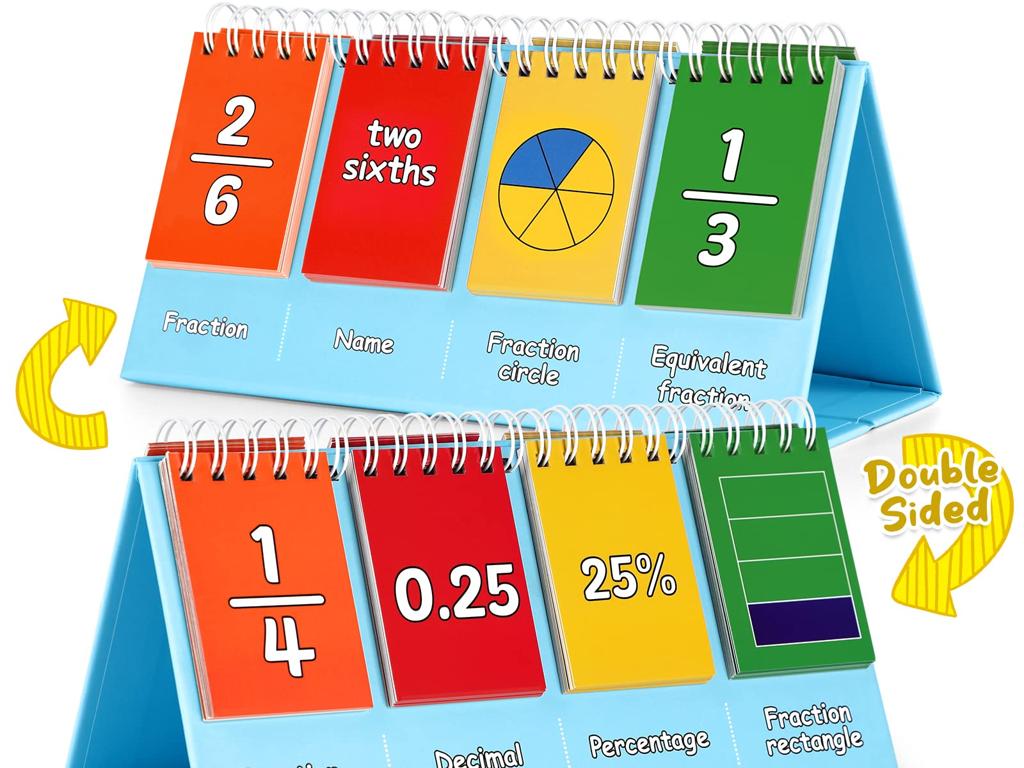Name Countries Of Europe: Review
Subject: Social studies
Grade: Seventh grade
Topic: Europe: Geography
Please LOG IN to download the presentation. Access is available to registered users only.
View More Content
Exploring Europe: A Geographic Journey
– Europe’s location on the globe
– Europe is one of the seven continents, situated in the Northern Hemisphere.
– List European countries
– Start with familiar ones like France, Germany, Italy, and expand to others.
– Geography’s role in understanding Europe
– Geography helps us explore physical places, cultures, and the connections between them.
– Recap: Geography basics
|
This slide is designed to kickstart the review session on European countries by first placing Europe within the global context. Emphasize Europe’s geographic diversity and its impact on culture and history. Encourage students to think about how geography shapes our understanding of the world. The list of countries should be comprehensive, covering all recognized nations within the European continent. A quick review of geography will remind students of the subject’s scope, including physical features, human-environment interactions, and the importance of place and space in human life. Use this opportunity to engage students with maps and encourage them to visualize the continent’s layout.
Exploring Europe’s Geography
– Europe’s physical landscape
– Mountains, plains, rivers, and seas
– Major geographical regions
– From the Alps to the Northern Plains
– Europe’s climate diversity
– Ranges from Mediterranean to Arctic
– Review and discussion
|
This slide aims to provide a broad overview of Europe’s geography, which includes a variety of physical features such as mountain ranges like the Alps and Carpathians, vast plains such as the Great European Plain, and significant bodies of water including the Mediterranean Sea and the Atlantic Ocean. Discuss the major geographical regions, emphasizing the diversity from the Iberian Peninsula to the Ural Mountains. Highlight the different climate zones found in Europe, from the warm Mediterranean climate to the cold Arctic climate in the north. Encourage students to think about how these physical features and climate zones affect the lives of the people living in Europe, including their culture, economy, and daily activities. Prepare to engage the class in a discussion to review these concepts and ensure understanding.
Exploring the Countries of Europe
– Total number of European countries
– Europe consists of 44 sovereign states.
– Members of the European Union (EU)
– The EU has 27 member countries united economically and politically.
– Non-EU European countries
– Countries like Norway and Switzerland are not part of the EU.
– Recognizing European geography
|
This slide aims to review the countries of Europe, focusing on the total count, distinguishing between EU and non-EU states, and understanding their geographical placement. There are 44 countries in Europe, with varying sizes, cultures, and political structures. The European Union is a significant political and economic union of 27 countries that work together to maintain a unified market and customs union. However, not all European countries are part of the EU, such as Norway and Switzerland, which have their own agreements with the EU. Encourage students to explore a map of Europe to familiarize themselves with the location of each country and its EU status. This will help them understand the continent’s diversity and geopolitical landscape.
Cultural Diversity in Europe
– Languages across Europe
– Europe is home to over 200 languages, including English, French, and German.
– Varied cultural practices
– Traditional dances, festivals, and cuisines vary from country to country.
– Europe’s global cultural impact
– European art, democracy, and philosophy have shaped cultures worldwide.
– Embracing diversity
|
This slide aims to highlight the rich cultural diversity found within Europe, emphasizing the variety of languages spoken and the distinct cultural practices from different European countries. Discuss how Europe has been a significant influence on global culture through various contributions in art, political thought, and philosophy. Encourage students to think about the importance of embracing and respecting cultural diversity. Provide examples such as the impact of Italian Renaissance art or the spread of democratic ideals from ancient Greece. This will help students appreciate the interconnectedness of global cultures and Europe’s role in it.
Let’s Locate Countries!: Interactive Map Activity
– Engage with an interactive map
– Locate and name European countries
– Use mnemonics for memorization
– Mnemonics like ‘Big Elephants Can Always Understand Small Elephants’ for ‘Belgium, Estonia, Croatia, Austria, Ukraine, Slovenia, Spain’
– Share your mnemonic devices
|
This slide introduces an interactive map activity aimed at helping students locate and memorize the countries of Europe. Encourage students to use the interactive map to identify each country. As they locate the countries, they should try to come up with mnemonic devices to help remember the names. Mnemonic devices are memory aids that often use a phrase or acronym, making it easier to recall information. For example, the first letter of each word in the phrase can stand for a country in Europe. After the activity, ask students to share their mnemonic devices with the class, which will help reinforce their learning and provide other students with additional methods to remember the countries. This activity not only makes learning geography fun but also enhances memory skills.
Country Facts Challenge: Explore Europe
– Pair up and pick a European country
– Research and find three fascinating facts
– Look for unique or lesser-known information
– Focus on geography, culture, or history
– Consider landforms, climate, traditions, or significant events
– Get ready to present your findings
|
This activity is designed to engage students with the geography of Europe by researching and sharing information about its diverse countries. Encourage students to look beyond basic facts and delve into the culture, history, and geography of their chosen country. They should aim to find facts that are not commonly known, which will make the sharing session more enlightening for everyone. Provide resources such as access to the library, internet, and reference books. In the next class, facilitate a discussion where each pair presents their country and the class tries to guess the country based on the facts shared. This will not only reinforce their knowledge of European geography but also enhance their research and presentation skills.
Class Activity: European Countries Bingo
– Let’s play European Countries Bingo!
– Each student receives a Bingo card
– Cards will have names of different European countries
– Listen carefully to clues about countries
– Clues may include capitals, languages, or landmarks
– Mark the countries on your card to win!
|
This interactive class activity is designed to help students review and reinforce their knowledge of European countries in a fun and engaging way. Distribute Bingo cards to each student, ensuring that each card has a different combination of European country names. Read out clues related to each country, such as the capital city, official language, or a famous landmark. Students will listen to the clues and mark off the countries on their cards. The first student to get five countries in a row (horizontally, vertically, or diagonally) and shout ‘Bingo!’ wins. Possible variations of the game could include using physical features, historical facts, or cultural elements as clues. This activity will encourage active listening and recall of geographical knowledge.
Europe: Geography Review & Application
– Recap of European countries
– Real-life applications of knowledge
– Understanding Europe helps in subjects like history, economics, and current events.
– Homework: Design a travel brochure
– Choose a country in Europe and create a brochure including maps, culture, and key facts.
– Reflect on today’s learning
|
This slide aims to wrap up the session by revisiting the countries of Europe that were discussed. Encourage students to think about how geographical knowledge is relevant to other subjects and their daily lives, such as understanding global news or cultural references. For homework, students will apply their knowledge creatively by designing a travel brochure for a European country of their choice. This task will require research and synthesis of information about the country’s geography, culture, and attractions. It’s a practical exercise that enhances their understanding of Europe and its diverse nations.






